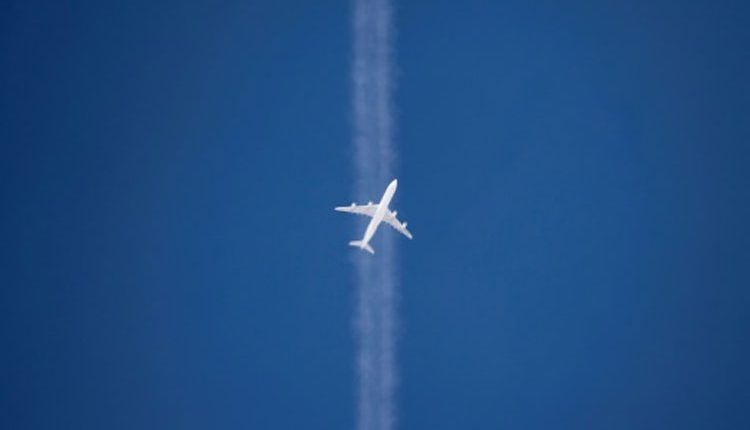Global warming disrupts jet streams leading to severe floods
Researchers have said that global warming amplifies severe droughts and floods by disrupting jet streams, the powerful high-altitude air currents that move west-to-east across the northern hemisphere.
Just in the last 15 years, devastating drought in California, heat waves across the United States and western Europe, deadly flooding in Pakistan—all were made worse when man made climate change altered these massive air streams, they reported in the journal Scientific Reports.
“Our work shows that climate change isn’t just leading to more extreme weather through the usual mechanisms,” said lead author Michael Mann, a professor at Penn State University in the United States.
These “usual mechanisms” include warmer temperatures leading to more heat waves and droughts, and additional moisture in the air leading to more flooding or snowfall.
“In addition to these effects, global warming is changing the behaviour of the jet stream in a way that favours more extreme and persistent weather anomalies,” Mann told AFP.
“We have uncovered a clear fingerprint of human activity.”
Jet streams are ribbon-like currents of air that snake across the northern half of the globe about 8-11km (5-7m) above Earth’s surface.
Driven by the contrast between frigid polar air and tropical climes, jet streams travel in a band several hundred kilometres wide at speeds of up to 300km (about 200m) per hour.
Jet streams are the reason it takes an hour less to fly from Los Angeles to New York than the other way around.
The meandering path of these giant air flows creates weather patterns, including the low- and high-pressure systems that create unseasonable cold or hot spells.
Connecting the dots
When jet streams slow or stall, these weather systems can become more extreme, leading to extended periods of heat or precipitation.
“Relatively small changes to the jet stream can have a large effect on weather and extreme weather,” co-author Dim Coumou, a professor at the Institute for Environment Studies and VU University Amsterdam, told AFP.
And what causes these massive air flows to stall? It is a smaller temperature difference between the Arctic and tropical air that corrals them on either side.
That can happen naturally, but has occurred even more frequently as climate change has set in, the researchers found.
The Arctic has warmed more than twice as fast over the last half-century as the global average, rising by 2°C (3.6°F).
Air over land masses has also heated up more quickly than over the oceans.
Earlier research linked jet streams with major drought and floods over the last two decades, but said nothing about whether human activity helped drive the process.
“What the new study does is connect the dots between the increased frequency of this jet stream effect and human-caused warming on the planet,” Mann said.
Mann and his team used surface temperature records reaching back to 1870, combined with computer models, to look for patterns.
It turned out that conditions favouring the stalling of the jet stream have increased by about 70% since the beginning of the industrial age, when humans began loading the atmosphere with heat-trapping greenhouse gases.
Significantly, most of the change has occurred in the last four decades.
“The more frequent and persistent meandering jet stream states seem to be a relatively recent phenomenon,” said Coumou.
The 196-nation Paris climate pact calls for holding global warming to “well below” 2°C.
On current trends, Earth’s surface is on track to heat up by about 4°C (7.2°F).


Comments are closed, but trackbacks and pingbacks are open.